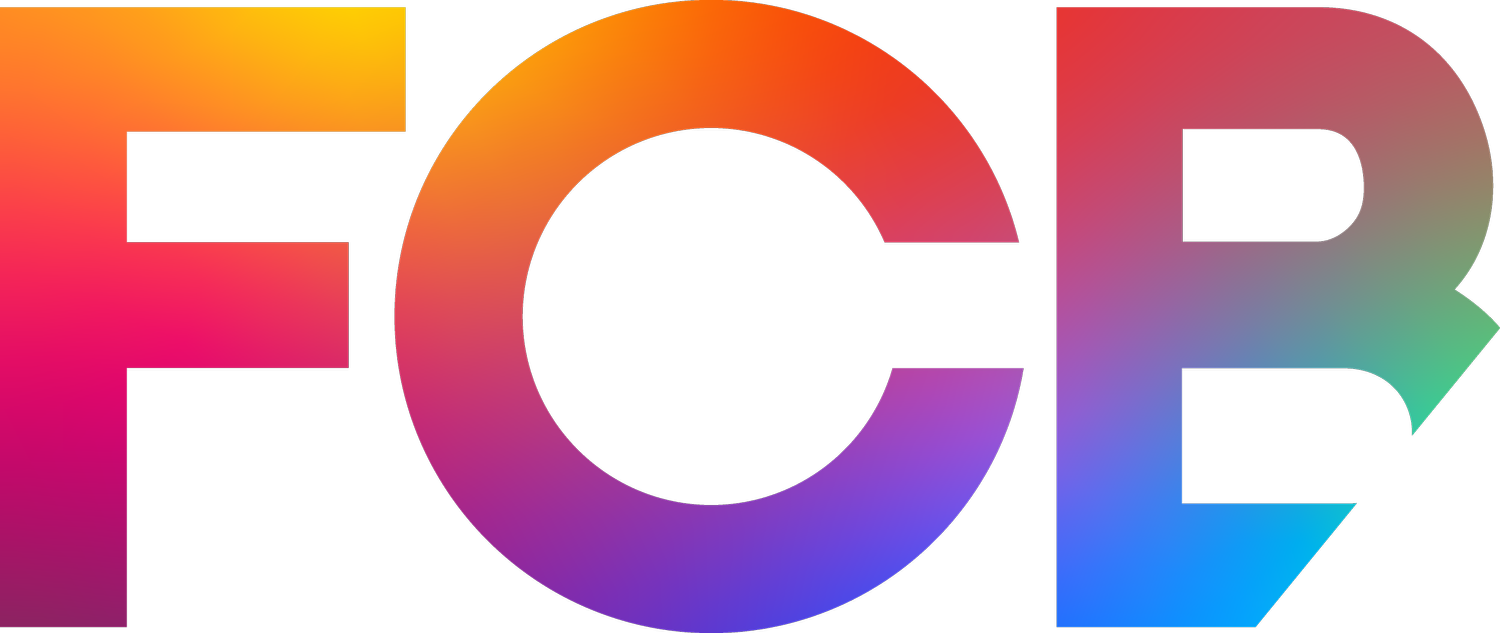FCB Global
It’s the Culture, Stupid!
Much has been said about millennials' ad savviness — how they’re harder to reach, less brand-loyal, and supposedly obsessed with startups and change for the sake of change. That they distrust big corporations and reject traditional advertising.
I disagree.
The conventional solution to ad-skipping and disengagement is often to double down on more creative, edgy, or innovative communication.
I disagree with that too. Here’s why.
The Power of System 1 Thinking
The perception of a brand — like almost anything we experience — is driven largely by our intuitive brain, or what cognitive science calls System 1. This system, responsible for 95% of our decision-making, processes experiences and impulses subconsciously. In the early days of advertising, brands held our active attention (System 2 thinking). Today, we are information-overloaded, especially young consumers, who have become experts at skipping and avoiding ads.
But can they trick their own subconscious? No. When I talk to students, I’m struck by their strong opinions about brands — even those they consciously avoid. When asked where these opinions come from, they can’t say. The constant flood of information forces them to depend on System 1, forming gut-level brand judgments based on all available touchpoints, of which advertising is just one small (and often inauthentic) piece. Ads are like resumes: polished, but rarely enough to form a real connection. The real judgment happens in the interview, through chemistry.
Brand Culture Over Brand Communication
What feeds System 1 more than advertising? Brand culture.
Look at the brands most beloved by young people: Google, Apple, Samsung, Nike. They don’t just advertise — they exist in culture. Their leadership, product innovations, and values create an ecosystem of credibility. Consumers don’t just buy their products; they believe in them.
System 1 isn’t looking for a product’s RTB (Reason to Believe) or even a brand personality. It’s looking for a match between a brand’s culture and the consumer’s belief system. Just like in politics, we rarely read a candidate’s full platform. Instead, we choose the one who “gets” us — who embodies our values in a way that feels authentic.
Purpose plays a major role in this cultural alignment, but it’s only part of the equation. A brand’s actions matter more than its statements. Häagen-Dazs campaigns to protect bees because it aligns with their values. I might not love bees swarming near my ice cream, but I trust a brand that cares about its ingredients at every level.
Chipotle is another example. Their sustainability message resonates not because of a great ad campaign but because their entire operation breathes that culture. Contrast this with McDonald’s, which has made significant sustainability efforts but struggles to make them feel culturally embedded. A
visit to a Chipotle franchise reinforces its ethos in the smallest details; McDonald’s, despite its efforts, doesn’t generate that same intuitive match.
Why Startups Have the Edge
Startups and challenger brands have an advantage here. It’s not just about controlling their supply chains; it’s about controlling their culture. They don’t have the baggage of mergers, acquisitions, and leadership changes that can dilute a brand’s essence.
Take a global brand, let’s call it, “Brand A.” Born in Europe, acquired through a merger, now managed in the U.S. by former competitors, and licensed to another holding company in Asia. Its identity is fragmented, managed by people with conflicting loyalties. How can such a brand maintain a unified purpose and culture? It’s a challenge.
By contrast, startups have a clear, undiluted story. Add a passionate spokesperson, and you create not just a brand but a movement.
What Agencies Must Do
Agencies have two key roles in this landscape:
Define or rejuvenate brand purpose.
Nurture brand culture.
Purpose is to culture what beliefs are to actions. Creativity’s greatest impact isn’t just in selling products; it’s in energizing and reinforcing a brand’s culture.
Think of Chipotle’s award-winning ads. They didn’t just drive sales; they reinforced the startup ethos internally, inspiring employees. Apple’s legendary “1984” ad didn’t list product specs. It gave salespeople a vision of who their customers were and what they stood for.
Brands that separate marketing, internal communications, and PR are blind to this reality. Consumers are influenced by everything, especially things seemingly unrelated to a product. That’s why a contestant’s backstory makes us root for them on America’s Got Talent, or why we feel more connected to a politician who plays the saxophone or adopts a dog. These “trivial” details fuel our subconscious decision-making.
We’re not dumb or easily manipulated. We’re efficient decision-makers. Our “gut judgment” isn’t about “What can you do for me?” but rather, “What would you do if you were me?”
Agencies as Cultural Investigators
Our job isn’t just to craft compelling campaigns. We’re investigators, uncovering a brand’s true purpose. We’re culture builders, ensuring every touchpoint aligns with that purpose.
In a world where information flows freely, corporate walls can’t shield a fragmented culture. If a company’s leadership is aligned under a unifying vision, we can go to war. If great creative keeps the brand’s culture alive and evolving, we can win that war.
In conclusion: Agencies themselves are a case study in perception. Let’s be real: there are too many of us. Most clients don’t know our name, and even if they do, they probably didn’t notice when we changed it.
When we pitch for business, what are clients really looking for? Chemistry. A cultural fit, more than just the best creative. Of course, you need the chops to back it up, but in the end, human connection prevails.
That’s why our agency culture is central to our success. We operate like a family. We embrace diversity and inclusion — not as checkboxes but as ongoing commitments. This culture fosters empathy, fuels creativity, and drives our work.
Because in the end, it’s not just about being creative.
It’s the culture, stupid.
